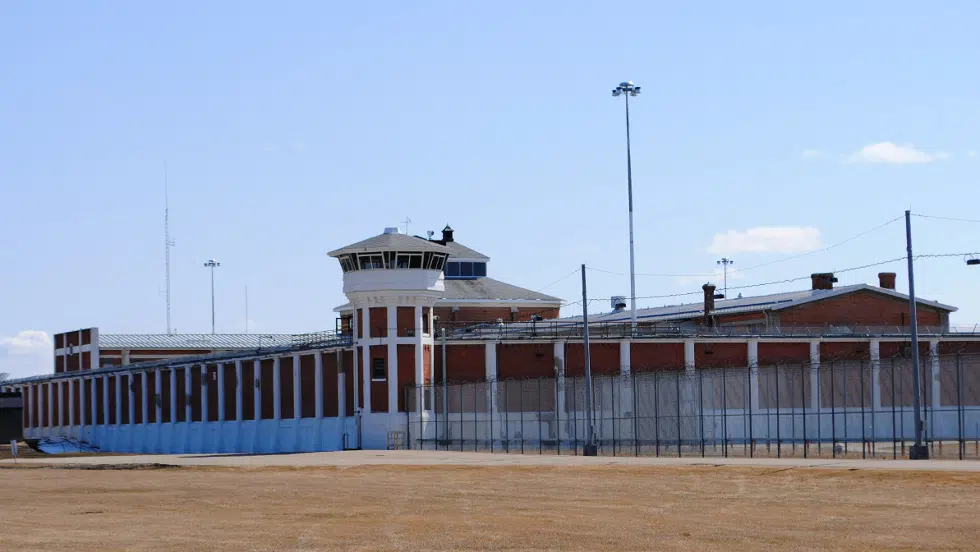
Investigator blasts Sask. Penitentiary over fatal riot
The Saskatchewan Penitentiary has come under fire from the Office of the Correctional Investigator for the systemic problems which led to a fatal riot last December.
In his annual report on Canada’s federal prisons, Correctional Investigator Dr. Ivan Zinger said the Saskatchewan Penitentiary in Prince Albert is one of the oldest and most antiquated in the nation. While the 2016 riot was ostensibly caused by inmate complaints around food, Zinger said a number of broader issues also contributed to the riot, which included nearly 200 inmates.
More than just food
“Current research suggests that a lot must go wrong, and for quite some time, before a prison erupts in violence,” Zinger said. “Prison riots are not random or inevitable events; they are most likely to occur when a certain threshold of defiance and desperation is reached.”


